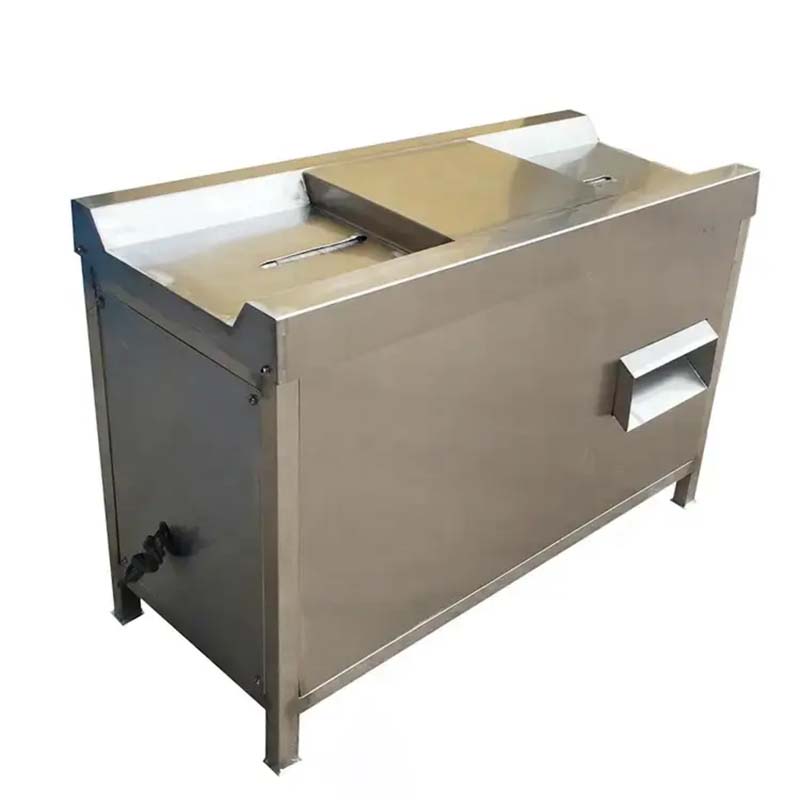Innovative Automated System for Efficient Pig Feeding and Care Management
Dec . 11, 2024 21:08 Back to list
Innovative Automated System for Efficient Pig Feeding and Care Management
The Future of Farming Automatic Pig Feeding Systems
As the world strives to meet the growing demand for food, the agricultural sector is undergoing a transformative shift powered by technology. One significant advancement in this domain is the automatic pig feeding system, which has revolutionized how farmers manage their livestock. This innovative technology not only optimizes feed efficiency but also enhances animal welfare, addresses labor shortages, and promotes sustainable farming practices.
What is an Automatic Pig Feeding System?
Automatic pig feeding systems consist of advanced equipment designed to deliver feed to pigs in a controlled and precise manner. These systems use sensors, software, and various forms of automation to ensure that the pigs receive the right amount of feed at the right time. By automating the feeding process, farmers can reduce manual labor while increasing productivity.
Benefits of Automatic Pig Feeding Systems
1. Improved Feed Efficiency Automatic feeding systems allow for precise rationing of feed based on the pigs' growth stage and nutritional needs. This precision reduces feed waste and ensures that each pig gets the necessary nutrients for optimal growth. The enhanced feed conversion ratio leads to healthier animals and more sustainable production methods.
2. Labor Savings Traditional farming practices often require extensive labor for feeding and monitoring livestock. With the implementation of automatic feeding systems, farmers can reduce the time spent on these tasks, allowing them to allocate labor resources to other critical areas of the farm. This is particularly important as the agricultural sector faces a shortage of skilled labor.
3. Consistency and Accuracy Maintaining consistency in feeding is crucial for animal health and growth. Automatic systems are designed to deliver feed at regular intervals and in precise quantities, ensuring that pigs are not overfed or underfed. This uniformity helps in reducing stress among animals and promotes better overall health.
automatic pig feeding system

4. Monitoring and Data Analysis Many modern automatic feeding systems are integrated with data analytics tools that help farmers track feed consumption and monitor the health of their livestock. With real-time data analytics, farmers can identify trends in feeding habits and adjust their strategies accordingly. This data-driven approach enables more informed decision-making and enhances overall farm management.
5. Enhanced Animal Welfare With consistent feeding schedules and adequate nutrition, pigs are likely to experience less stress and better overall health. Automated systems reduce human handling, which can sometimes be stressful for animals. Furthermore, these systems can be adjusted to accommodate the specific needs of different pig breeds and ages, ensuring that every animal receives optimal care.
Environmental Sustainability
Automatic pig feeding systems also contribute to sustainable farming practices. By optimizing feed usage, these systems reduce the environmental footprint of pig farming. Less feed waste means fewer resources used in feed production, which in turn diminishes land use, water consumption, and greenhouse gas emissions associated with livestock rearing. Additionally, the precise feeding techniques employed in these systems can lead to more efficient nutrient utilization, lessening the amount of waste produced and its impact on local ecosystems.
Challenges and Considerations
While the benefits of automatic pig feeding systems are numerous, there are challenges that farmers must consider before implementation. The initial investment in such technology can be significant, and proper training is required to ensure that the system operates smoothly. Moreover, farmers need to be vigilant about regular maintenance and updates to prevent system malfunctions.
Conclusion
The automatic pig feeding system represents a significant leap forward in the pig farming industry, integrating technology with agricultural practices for enhanced productivity and sustainability. As the demand for pork continues to rise globally, innovations like this are essential for meeting food security needs while promoting responsible farming. As more farmers adopt these systems, the future of pig farming looks brighter, healthier, and more efficient than ever before. Embracing such advancements is not just a choice but a necessity in an ever-evolving agricultural landscape.
-
Hot Sale 24 & 18 Door Rabbit Cages - Premium Breeding Solutions
NewsJul.25,2025
-
Automatic Feeding Line System Pan Feeder Nipple Drinker - Anping County Yize Metal Products Co., Ltd.
NewsJul.21,2025
-
Automatic Feeding Line System Pan Feeder Nipple Drinker - Anping County Yize Metal Products Co., Ltd.
NewsJul.21,2025
-
Automatic Feeding Line System - Anping Yize | Precision & Nipple
NewsJul.21,2025
-
Automatic Feeding Line System - Anping Yize | Precision & Nipple
NewsJul.21,2025
-
Automatic Feeding Line System-Anping County Yize Metal Products Co., Ltd.|Efficient Feed Distribution&Customized Animal Farming Solutions
NewsJul.21,2025






